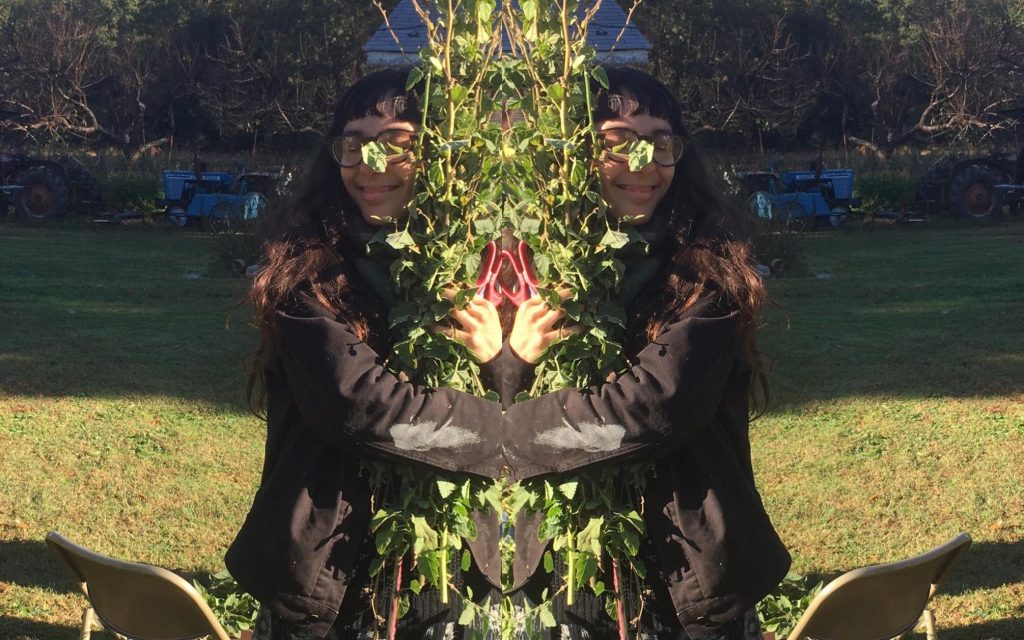Née: Liana Maria MacNeill
Raíces: Baltimore, Maryland via Phoenix, Arizona
Sounds like: A spirit wandering in a cobblestone street.
You should listen to La Llorona because: it’s the most refreshing retelling of the La Llorona myth we’ve seen in awhile.
Liana Maria MacNeill, who records and performs as La Llorona, has called Baltimore home for the last four years. But MacNeill (who uses gender neutral pronouns) finds inspiration for their music in their childhood memories in Phoenix, Arizona. Raised in a Dominican-American household, their family would often share vacations and outings with friends and neighbors, some of them of Mexican descent. That’s how they became familiar with the legend of La Llorona.
As most of us know, La Llorona is the wandering spirit of a woman who drowns her children out of spite after her husband leaves her for a younger man. After finding her children dead, La Llorona kills herself out of remorse. She roams the streets crying and and moaning “ay mis hijos.” The tale is often used to warn children not to wander late at night. However traumatic the story may be for young kids, for Liana, every theatrical and dramatic telling of the story would take them on a wild, emotional ride. From terror to roaring laughter, the experience stayed with them into adulthood. Over time, they realized they felt a kinship with the “weeping woman.” While most of us who grew up listening to this cautionary tale would see the spirit as an antagonist or someone to avoid, Liana related to the myth. As they explain in an interview with Remezcla, they see themselves as a “private person, emotional person [who] wasn’t raised to relate to or even express my feelings, really.”
MacNeill’s compositions are simple and elegant, making it easy to forget the songs consist mostly of looped vocals. Their album Chrysalis, released in October 2016, invites the listener into an introspective and meditative state; the careful use of vocals creates haunting and soothing layers of melody. The project is a way for MacNeill “to be selfish and embrace all those lonely complicated feelings, as well as ones that [they’ve] avoided, feared, considered undesirable, buried or that are so complex they don’t even have words…and [they’re] giving space for all of them.” On Bandcamp, they describe it as “a tapestry of ethereal loops, subtle rhythms and stories of ancestor worship and self-empowerment…each song is a symbol of renewal and rebirth, life after pain, a celebration of what comes next.”

Some of those feelings come from a sense of disconnectedness or alienation from their identity. As they put it, they feel a spiritual connection to that part of their background, but lack access to it. MacNeill has embraced their complex upbringing to create a persona who is supposed to be wandering in search of the children they killed – but they’ve rewritten the myth as a person who is reconnecting with the spirits of the ancestors they were not alive to meet. Although it is a story that has been adapted in many ways, Liana’s interpretation is a refreshing retelling, and serves as fertile inspiration for an unpretentious ambient project that confidently embodies and reimagines the myth.







